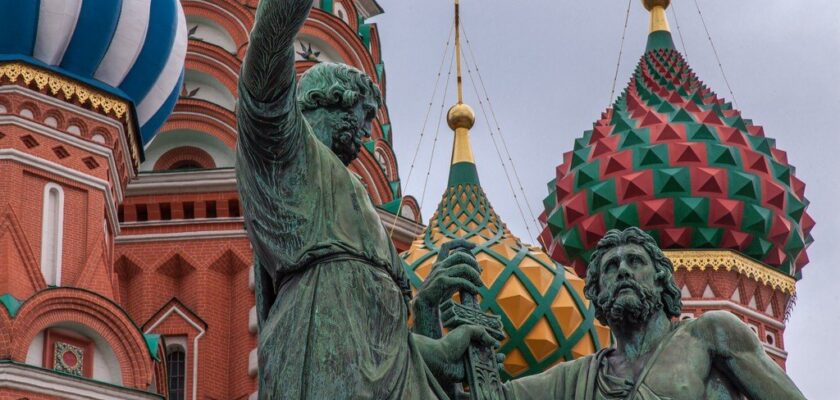St. Basil’s Cathedral (Pokrovsky Cathedral)
St. Basil’s Cathedral was built by order of Tsar Ivan the Terrible to commemorate the events of the Kazan campaign. The cathedral was popularly known as the Intercession on the Ditch: it was built next to a deep moat that ran along the eastern wall of the Kremlin. Later, St. Basil the Blessed was buried in one of the aisles of the temple, thanks to whom the cathedral acquired its new name. According to legend, St. Basil the Blessed, the most revered fool in Russia, walked naked all year round and collected money for the future Pokrovsky Cathedral, brought it to Red Square and threw it over his right shoulder. No one, not even thieves, touched these coins. And before his death he gave them to Ivan the Terrible – for the construction of the temple. The tsar himself then carried his coffin.
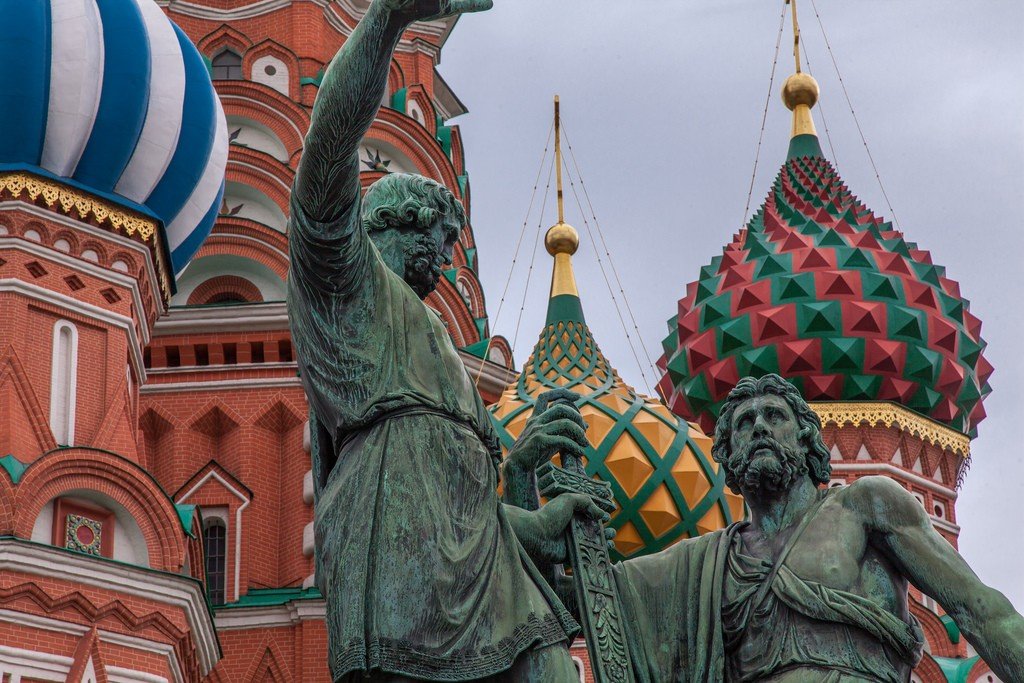
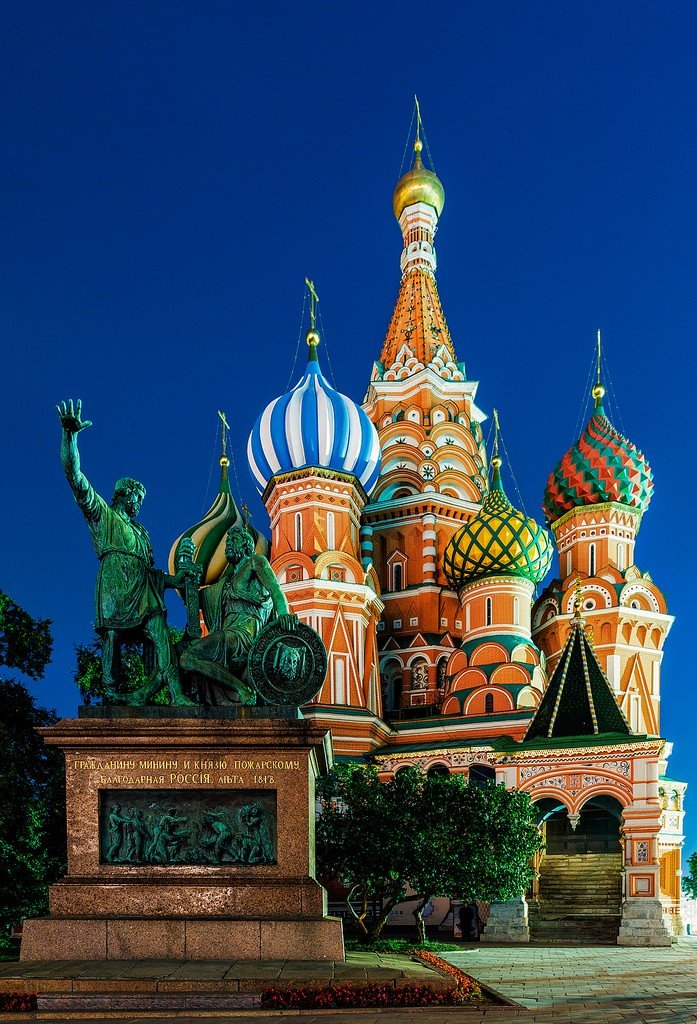
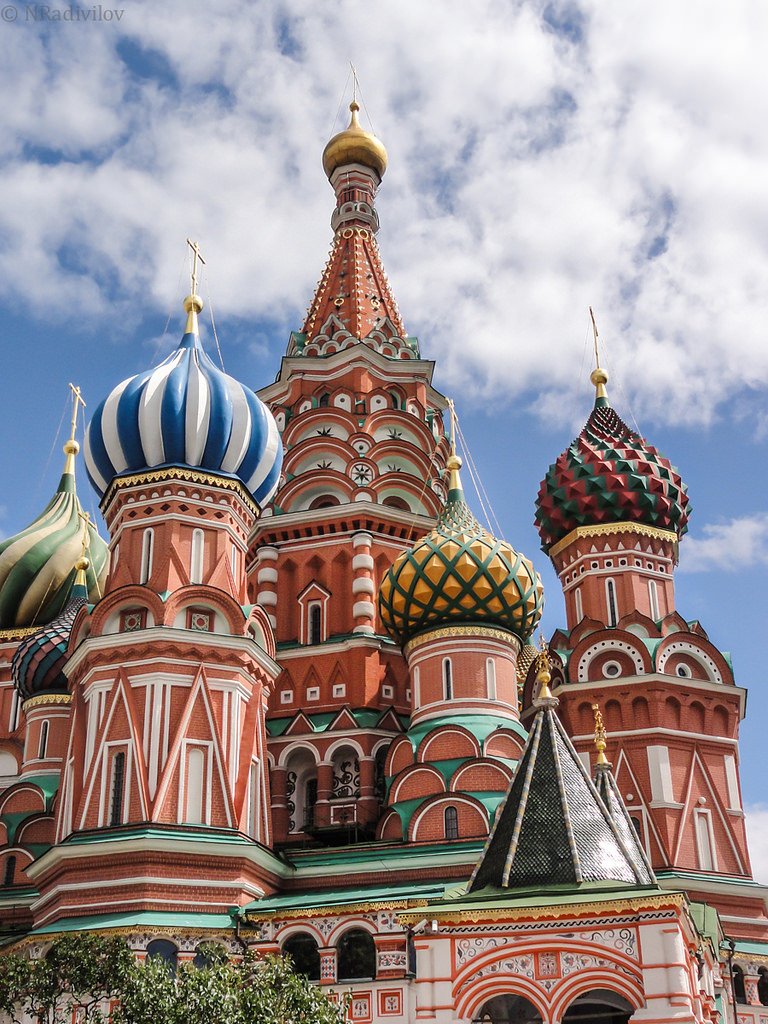
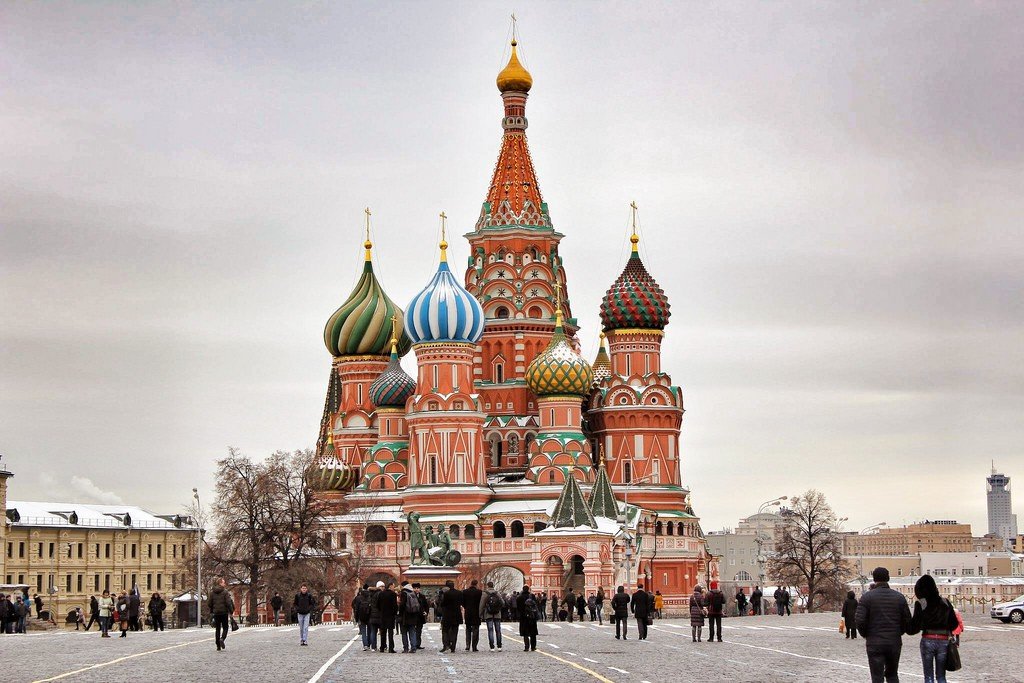
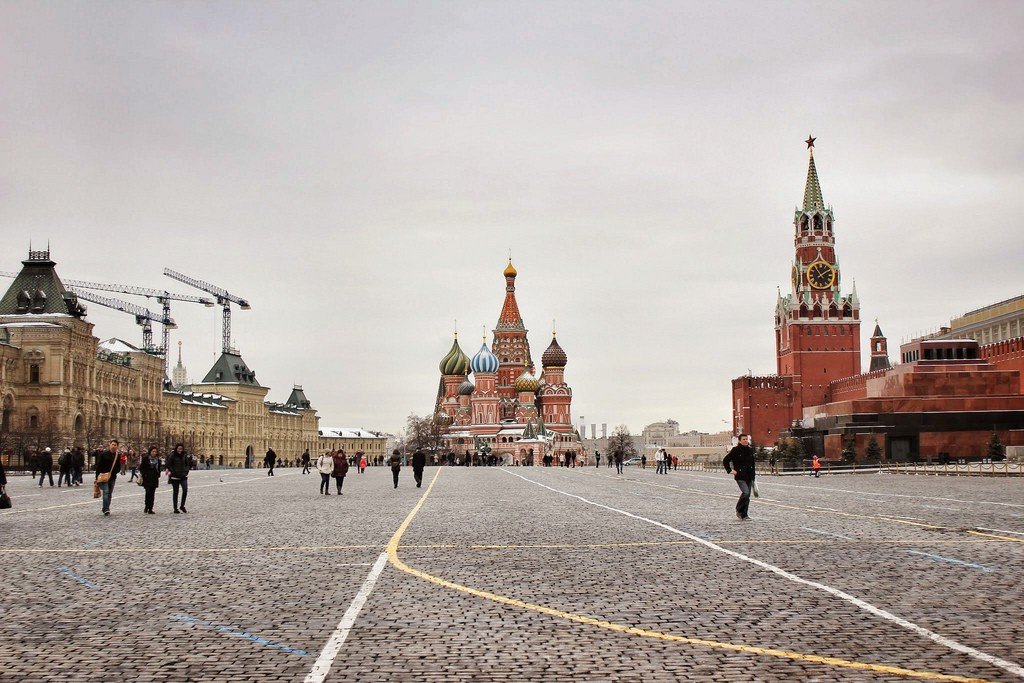
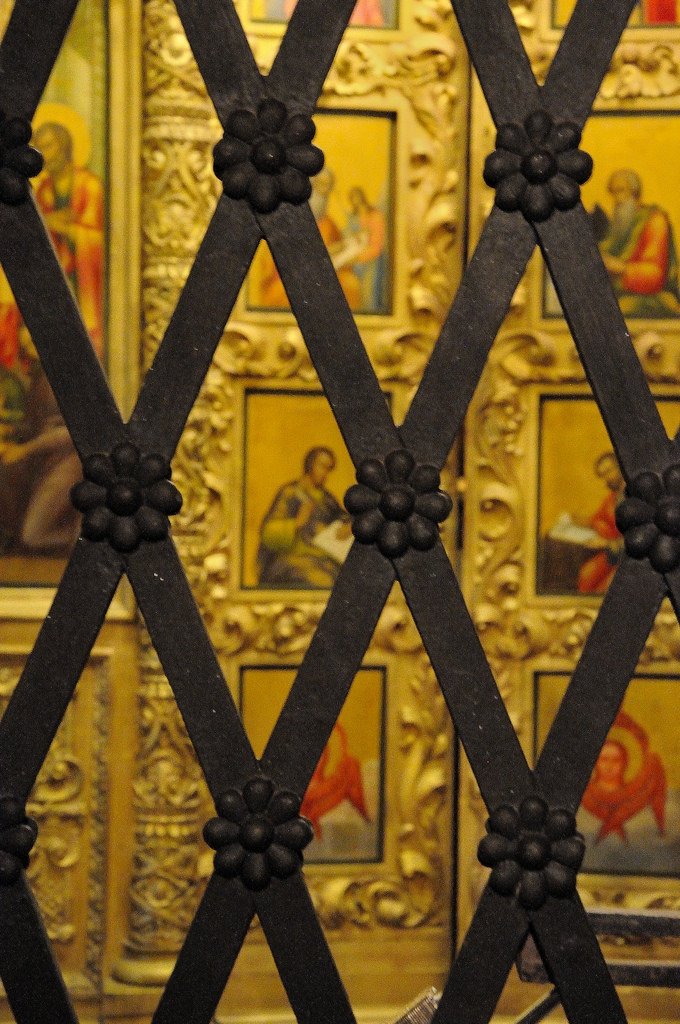
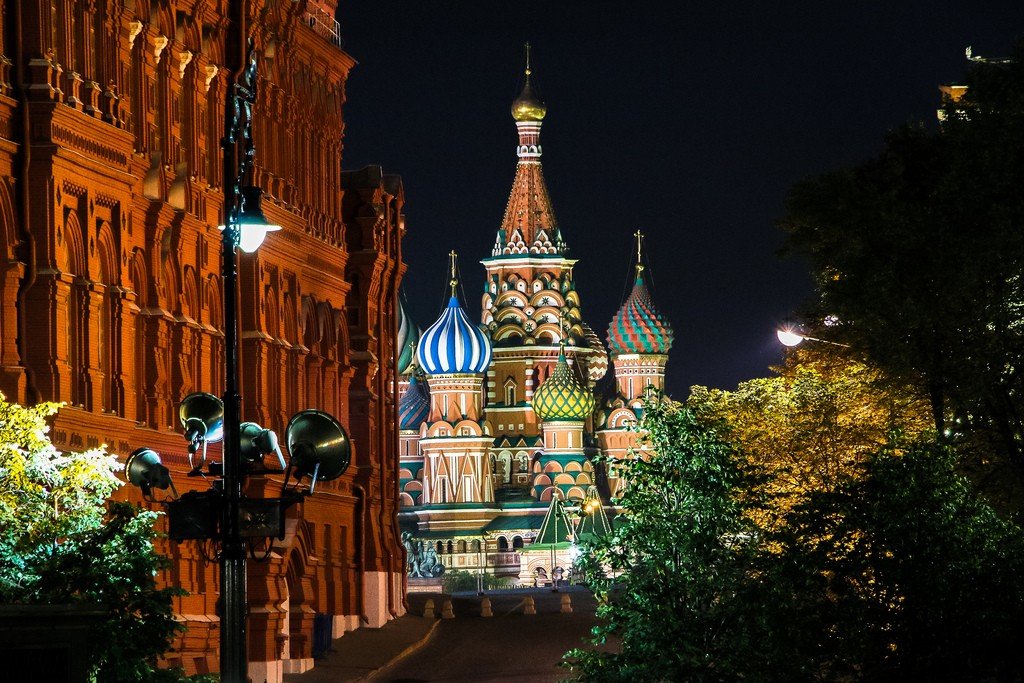
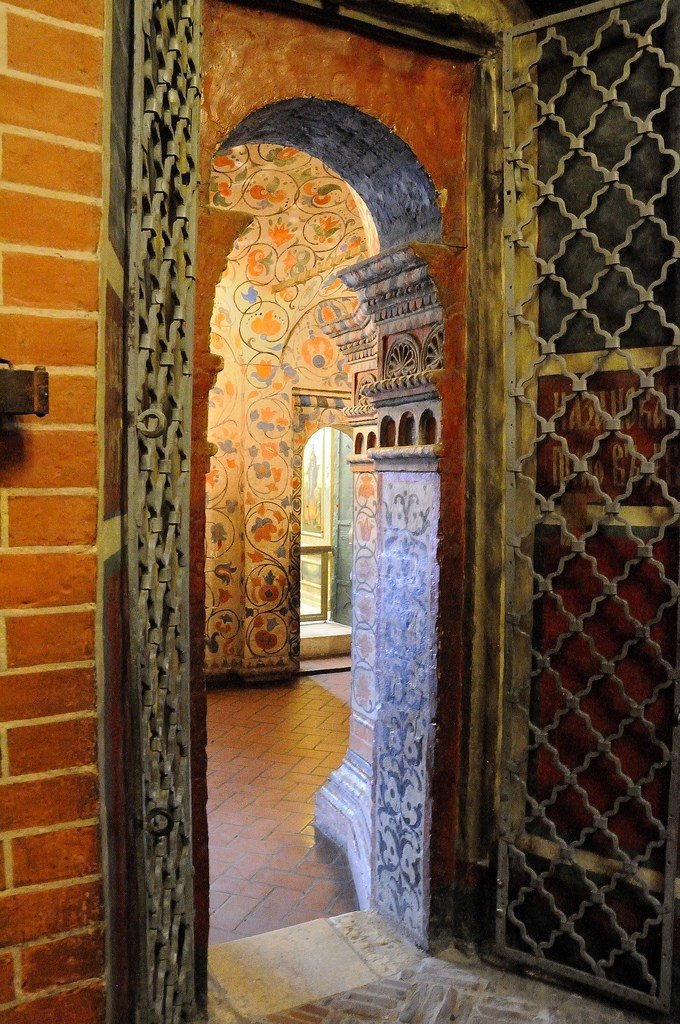
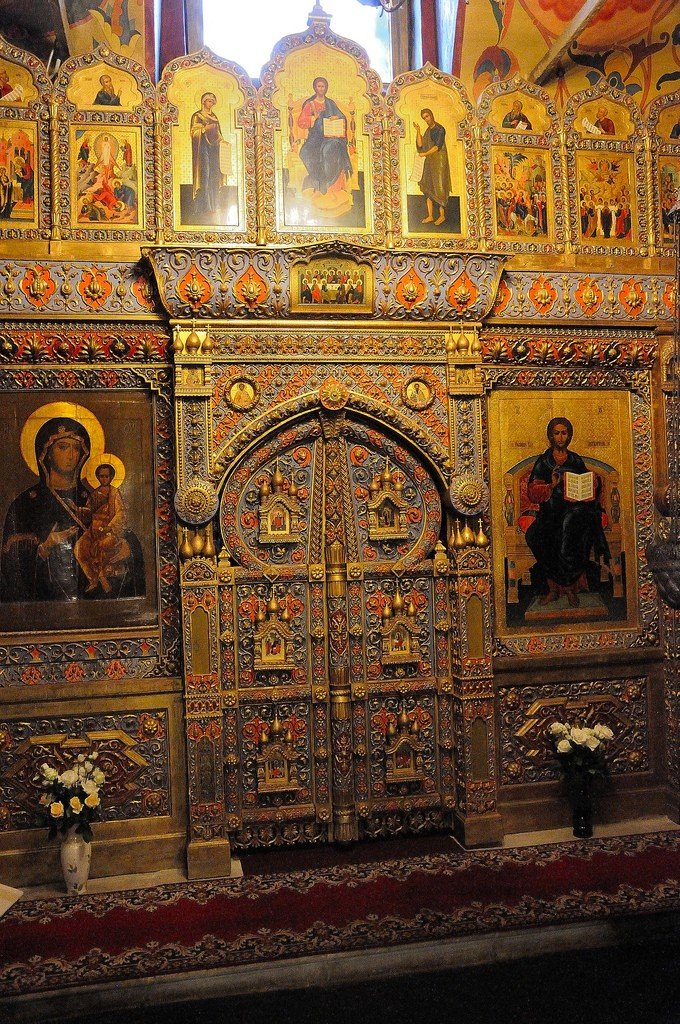
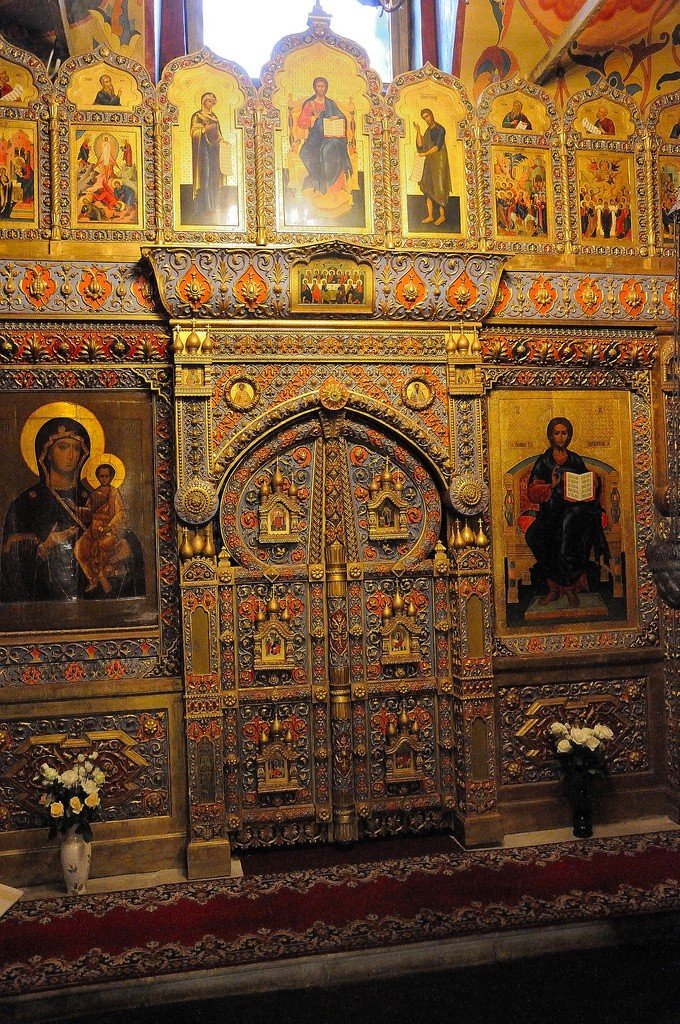
Highlights
The chronicle calls the authors of St. Basil’s Cathedral the Russian architects Postnik and Barma, who quite possibly built the cathedral without any drawings at all. There is a legend according to which Ivan the Terrible, having seen the cathedral built according to their project, was so delighted with its beauty that he ordered to blind the architects so that they could not build anywhere else a temple equal in beauty to the Pokrovsky Cathedral. Some modern historians offer a version, according to which the architect of the temple was one man – Ivan Yakovlevich Barma, who was nicknamed Lenten for the fact that he kept a strict fast. As for the legend about the blinding of Barma and Postnik, it can be partially refuted by the fact that the name of Postnik is later found in the annals in connection with the creation of other significant architectural structures.
.St. Basil’s Cathedral is a symmetrical ensemble of eight pillar-shaped churches surrounding the ninth – the tallest – temple, topped with a tent. The aisles are connected with each other by a system of passages. The pillar-shaped churches are crowned with onion domes, none of which in architectural decoration does not repeat the others. One of them is densely dotted with golden cones, they are like stars in the sky on a dark night; on the other – on a light field run zigzag scarlet belts; the third resembles a peeled orange with yellow and green slices. Each dome is decorated with cornices, kokoshniks, windows, niches.
Until the end of the 17th century, until the Ivan the Great Bell Tower was built on the territory of the Kremlin, St. Basil’s Cathedral was the tallest building in Moscow. The height of the cathedral is 60 meters. In total, St. Basil’s Cathedral has nine iconostases, which contain about 400 icons of the XVI-XIX centuries, representing the best examples of the Novgorod and Moscow icon-painting schools.
.
The temple is famous for its underground passages. For example, under the side-chapel of St. John the Graceful a walled room was discovered.
.
Keep in mind that you can take photos inside only for yourself, without a tripod and special lighting. In all other cases, you need to make an agreement with the Historical Museum. At the entrance to the cathedral you can buy a tour in Russian or English.
.
In front of St. Basil’s Cathedral is a monument to Kuzma Minin and Dmitry Pozharsky, leaders of the second people’s militia during the Polish intervention in the Time of Troubles. They are honored as heroes-liberators from the foreign yoke. Curiously, the sculptor Ivan Martos was posed by his own sons while creating sculptures of Minin and Pozharsky..Visitors
- Address: Red Square, 2
- Nearest metro: Okhotny Ryad, Teatralnaya, Ploshchad Revolutsii .
- Phone: +7 (495) 698-33-04
- Website: www.saintbasil.ru
- Opening hours: 11.00 – 17.00, box office until 16.30 (Closed on the first Wednesday of the month) .
- Tickets: 250 rubles, pensioners, schoolchildren under 16 and full-time students – 100 rubles. .
- Free of charge: Heroes of the USSR or the Russian Federation, museum staff, children under 7 years old, soldiers and sergeants of conscript service, the disabled; last Sunday of the month: minors and day students.
